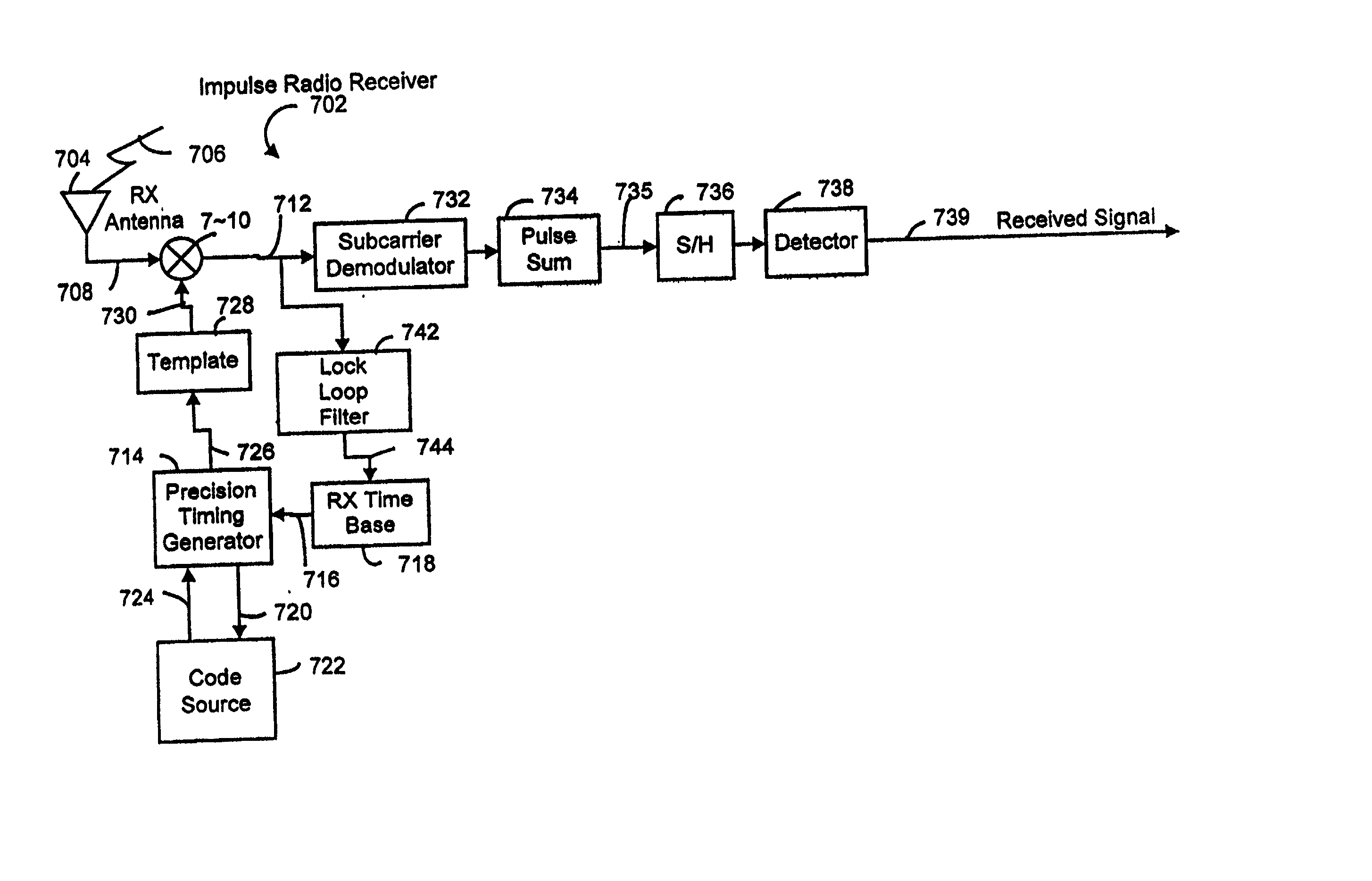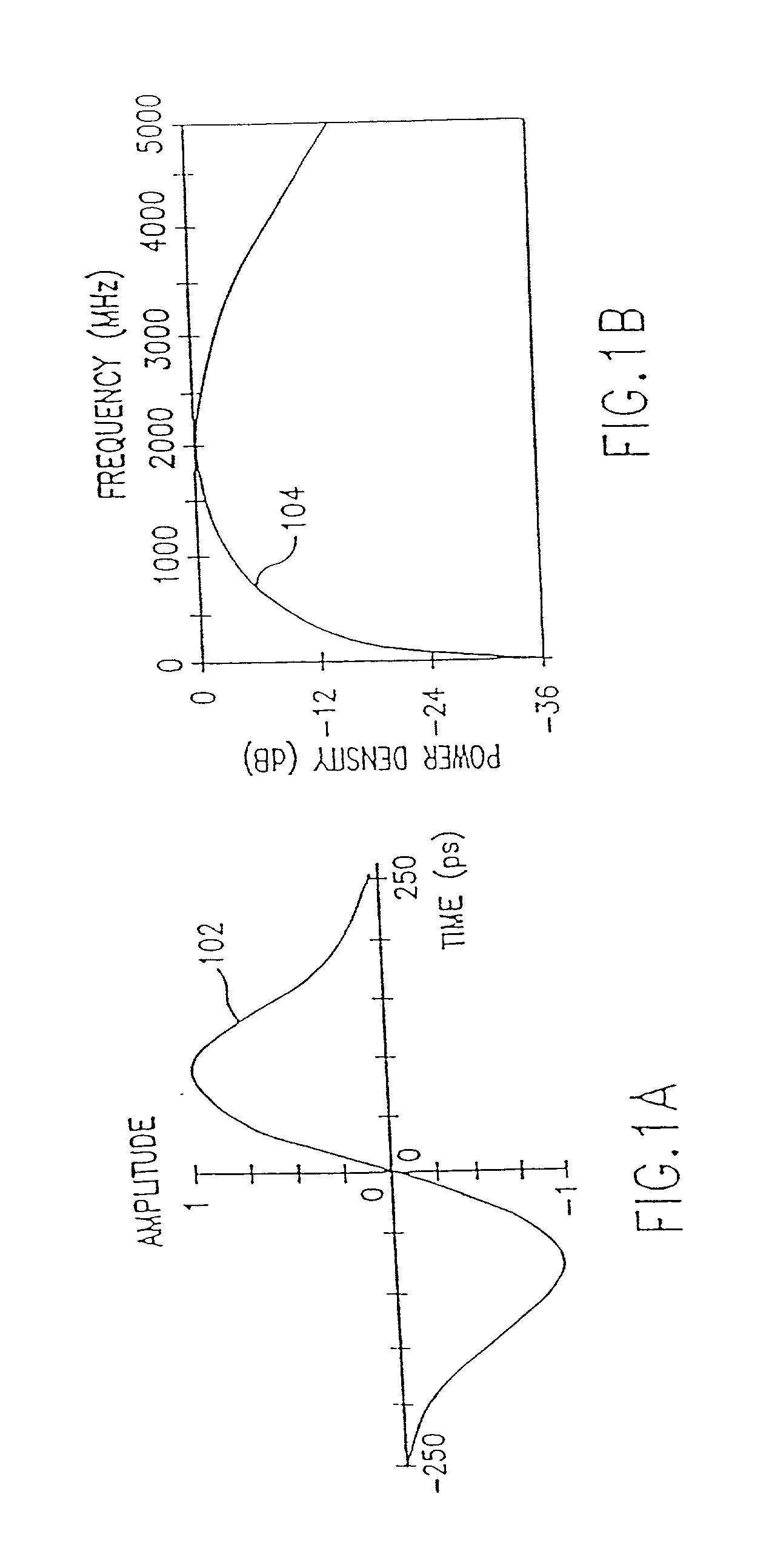Further, any substantial PIM
software requires a larger program size and, thus, it is not adapted for execution on a PDA due to a limited computing power of a CPU and / or a limited memory capacity.
Further, with respect to acquisition of Web data, supporting of the TCP / IP protocol on a PDA involves certain technical difficulties, which necessarily leads to prohibitive increase of costs.
In general, under a mobile environment, connection to
the Internet is not always expected.
While it takes at least several minutes in time to access a
Web server and to transfer data, such
operation time just for waiting may not be disregarded by an internal battery of a PDA that has a relatively small size and a small capacity.
However, it is not advantageous to implement downloading from a host PC to a PDA by wire or cable connection.
This is because a downloadable place is constrained by a connection cable and thus takes some time to attach the cable.
Further, in a case where a host PC acting as an originator of data (reservoir of download data) is shared by plurality of PDAs, it follows that a cable is frequently connected to and disconnected from each PDA and, hence, its connector portion may be subject to mechanical damages quite often (in particular, for the layman who is not accustomed to connecting / disconnecting a cable, damage to the connector would not be an uncommon occurrence but would be detrimental).
Moreover, each user has to carry a cable and this may degrade mobility of his / her PDA.
Provision of such a protocol means that the requirements for hardware /
software of this device are complicated, which leads to a substantial increase of costs involved.
Further, since the disclosed PDA is arranged to access a
server on the
network on its own initiative, the PDA must keep its operating state during accessing and during the entire period of data transfers involved, which causes the battery to be consumed rapidly.
However, they are designed such that a PDA is connected to a network (e.g.,
the Internet) for acquiring data on its own initiative and, thus, a PDA is subject to very large burdens imposed thereon in terms of
access time, control of the TCP / IP protocol or the like.
However, the methods described in the '730 patent are dramatically hindered by the communication means used.
As mentioned above and in the patents incorporated herein by reference, typical
wireless communication including traditional RF and
infrared which are contemplated in this application are plagued by problems; including inter alia Raleigh
fading,
multipath propagation problems and bandwidth and range constraints as well as obstruction problems and
line of sight requirements.
No matter how a line speed on a network is improved in the near future, there would be no hope to shorten the time required for acquisition of a
Web page less than 1 second, due to negative factors such as control of a protocol, a disk access of a Web
server, and accessing time at a gateway.
Thus, if a PDA is of the type that is connected to a
network on its own initiative to directly acquire a
Web page, it will be inevitably subject to consumption of its own internal battery during such
data acquisition.
Further, in order to perform works such as control of the TCP / IP protocol, any device must have its own intelligence (i.e., a specification of hardware / software) Where a PDA itself supports works such as control of the TCP / IP protocol, it is difficult to maintain small size / light weight / immediateness, which leads to increase of costs of the device.
Further, while a PDA is capable of eventually acquiring a
Web page, it does not access a Web server on its own initiative and, thus, it can acquire such data in a shorter period of time without consuming its internal battery having a relatively small capacity.
Any practical implementation will deviate from the ideal
mathematical model by some amount.
It can also be observed from FIG. 2A that impulse radio systems typically have very low average duty cycles resulting in average power significantly lower than peak power.
Since a data bit may comprise hundreds of pulses, this represents a substantial attenuation of the unwanted channel.
Clearly, if there were a large number of impulse radio users within a confined area, there might be mutual interference.
This is critical as any other signals within the band occupied by an impulse
signal potentially interfere with the impulse radio.
Since there are currently no unallocated bands available for impulse systems, they must share spectrum with other conventional radio systems without being adversely affected.
Without coding, the cross correlation would sample the interfering
signal 402 with such regularity that the interfering signals could cause significant interference to the impulse
radio receiver.
However, when the transmitted impulse
signal is encoded with the code
dither (and the impulse
radio receiver template signal 406 is synchronized with that identical code
dither) the correlation samples the interfering signals non-uniformly.
This results in possible summation or possible cancellation, depending on the specific propagation to a given location.
In mobile systems, this results in wild
signal strength fluctuations as a function of distance traveled, where the changing mix of multipath signals results in
signal strength fluctuations for every few feet of travel.
This characteristic has been the subject of much research and can be partially improved by such techniques as antenna and frequency diversity, but these techniques result in additional complexity and cost.
Narrow band systems, on the other hand, are limited to the modulation envelope and cannot easily distinguish precisely which RF cycle is associated with each data bit because the cycle-to-cycle amplitude differences are so small they are masked by link or
system noise.
Such `random-like` codes are attractive for certain applications since they tend to spread spectral energy over multiple frequencies while having `good enough` correlation properties, whereas designed codes may have superior correlation properties but have
spectral properties that may not be as suitable for a given application.
 Login to View More
Login to View More  Login to View More
Login to View More 


